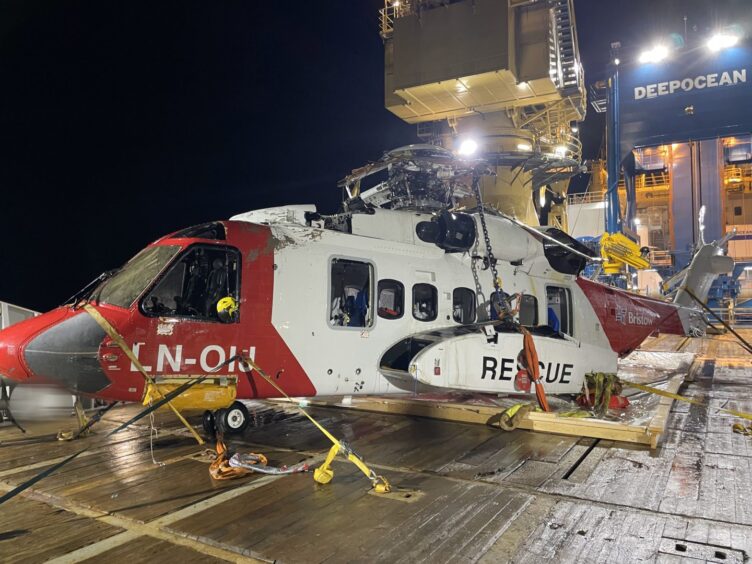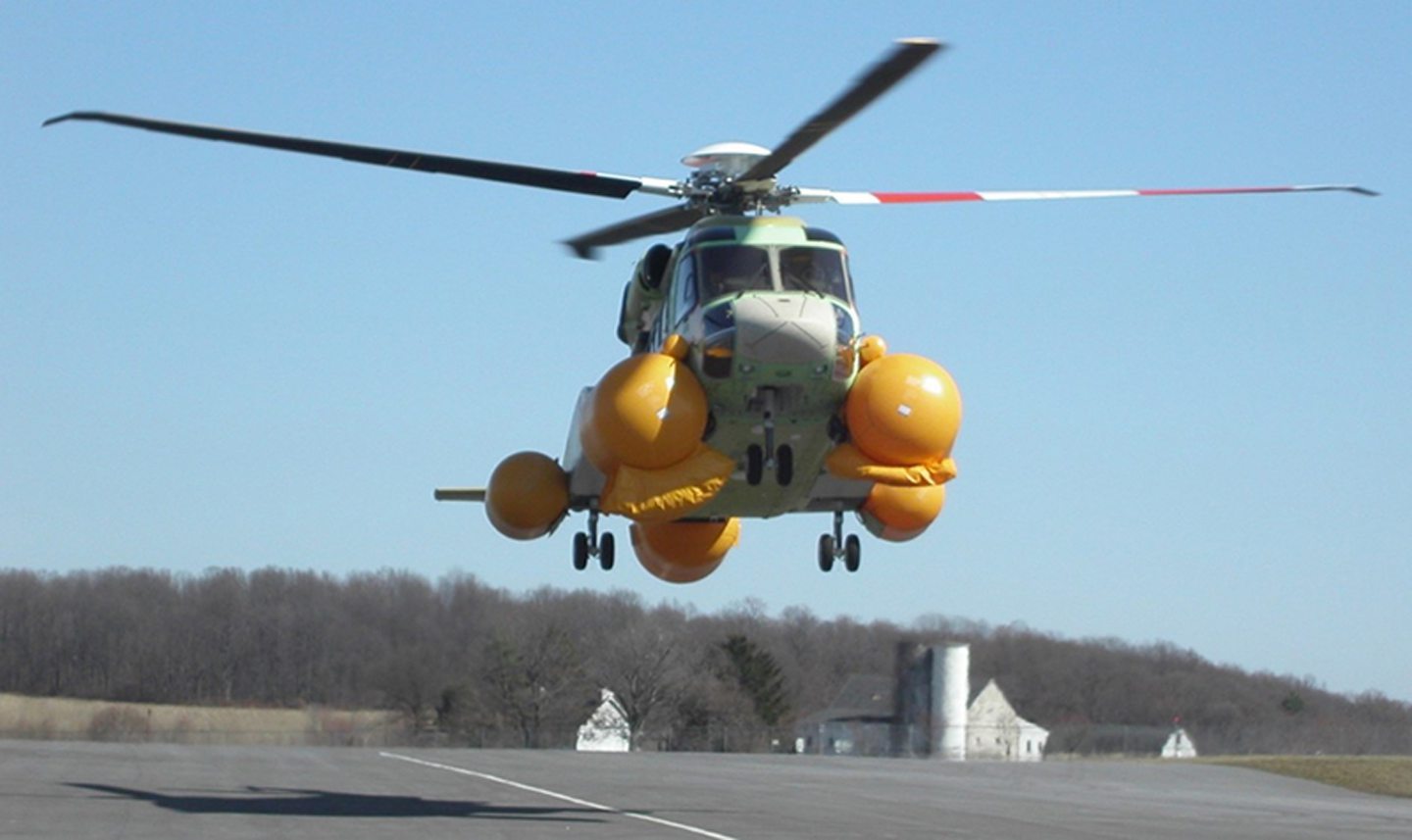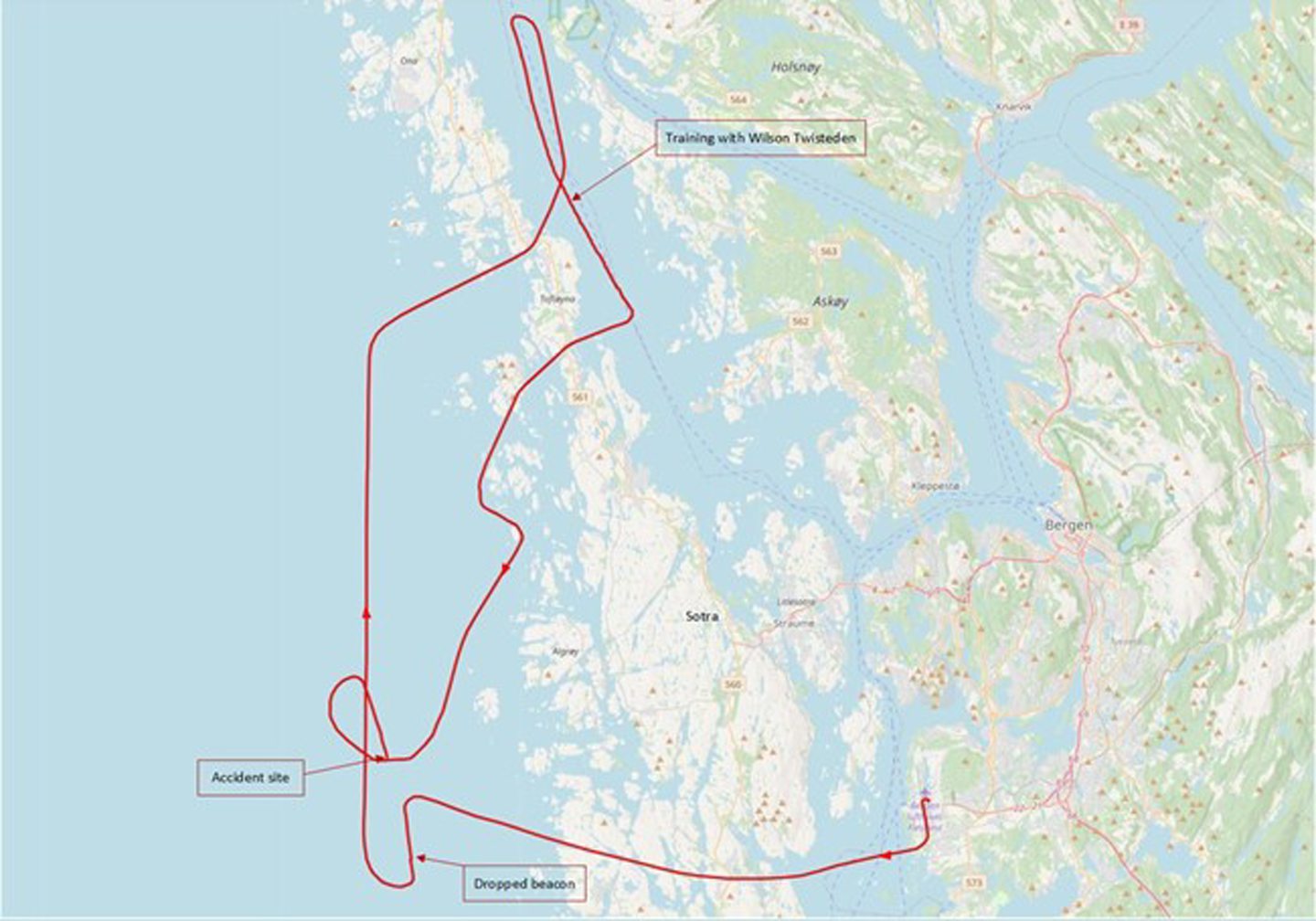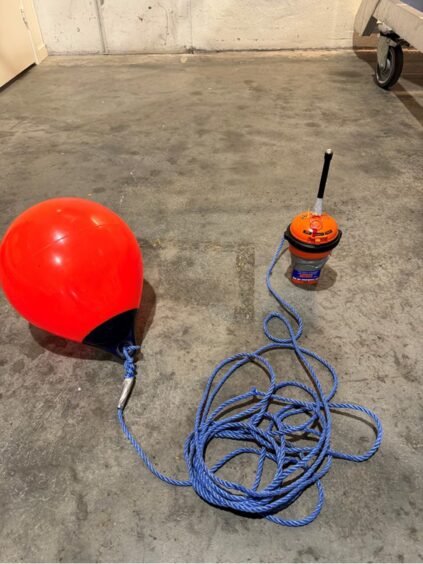
Norwegian authorities have confirmed new international safety regulations will be applied to the Sikorsky S-92 helicopter after a fatal crash off the coast of Norway in February.
61-year-old nurse and Equinor employee Reidun Hestetun died and five others were injured when the Sikorsky S-92 search and rescue (SAR) helicopter crashed during a training exercise.
Investigators later recovered the wreckage of the Bristow-operated helicopter, including its ‘black box’ flight recorder, from a depth of 220 metres after it sank to the sea floor.
In March, the Accident Investigation Board of Norway (AIBN) confirmed that despite the S-92 helicopter being equipped with floating batons, they did not deploy following the crash despite being armed for release.
Today, the AIBN confirmed new regulations will come into effect requiring all S-92 helicopters to undergo safety adaptations by August 2025.
In response to details released by the AIBN, an aviation industry source told Energy Voice the emergency floats not deploying represented a “major flaw” in the S-92.
Emergency floating batons not deployed
AIBN investigators had previously confirmed the S-92 helicopters emergency floating batons did not deploy following the crash, despite being armed.
“The floating elements of the helicopter type are designed to operate in the event of a controlled emergency landing on water,” the AIBN said.
“When the main rotor blades hit the sea, the power supply required for an automatic release of the floating elements ceased.”
As a result of the investigation, the AIBN said “new international regulations that include floating elements for helicopters have been published”.
“The helicopter type S-92 will undergo adaptations to satisfy the new regulations,” the AIBN said.
“Requirements for completion are set for August 2025.”
Equinor helicopter training flight
The AIBN said the S-92 took off from Flesland on Wednesday 29 February with six people on board; two in the cockpit, two rescuers, an elevator operator and nurse Ms Hestetun.
West of the island of Sotra, the crew released a training buoy with a radio transmitter that they planned to search for later.
The flight then continued in a northerly direction to Hjeltefjorden to practice hoisting operations with the ship Wilson Twisteden.
After the hoist operations, the AIBN said the crew turned back towards the training buoy.
The AIBN said the crash occurred when the crew was in the process of positioning the helicopter to pick up the training buoy.
Conditions at the time of the crash were dark, with “few external visual references”, and the crew were not using night vision goggles.
The crew had activated the “Mark-On-Top” mode in the autopilot, a feature only installed on SAR helicopters.
The AIBN said analysis of the flight recorder and other instruments showed that during the approach to the buoy at 150ft above sea level at a speed of 10 knots, the helicopter’s nose rose abnormally from the expected 10°–12° to close to 30° “in a matter of seconds”.
“When the flight crew became aware of the abnormal position, they tried to correct it, but the helicopter hit the sea and sank at a depth of 220 metres,” investigators said.
“The AIBN is working to determine the reason why the helicopter’s nose continued to rise beyond the expected 10°–12°.”
Search and rescue operation
After the crash, two SAR helicopters took off from separate air bases in Norway as part of the rescue operation.
When the first rescue helicopter, the SAR Queen, arrived at the scene, investigators said they observed one person, later identified as Ms Hestetun, “floating lifeless in the sea without a life jacket deployed”.
Investigators said as the lifejackets must be deployed manually, the crew prioritised retrieving the five survivors first.
After the five surviving men were pulled from the sea by the crew of the SAR Queen, investigators said “the situation for one of the rescued became critical” and its crew made the decision to fly to Haukeland University Hospital.
Ms Hestetun’s body was retrieved around 25 minutes later when the next helicopter arrived at the accident site from Florø, and she was later pronounced dead at Haukeland.
AIBN investigation ongoing
The AIBN said its investigation has “not made unambiguous findings that are assumed to affect immediate flight safety”.
“Any safety findings of significance will be immediately notified to the European Civil Aviation Authority, the Norwegian Civil Aviation Authority, the manufacturer Sikorsky and the operator Bristow Norway,” the AIBN said.
Norwegian investigators are now “working closely” with Sikorsky and helicopter operator Bristow Norway to “better understand the accident”.
Recommended for you


 © Image: Sikorsky
© Image: Sikorsky © Supplied by AIBN
© Supplied by AIBN © Supplied by Bristow Norway/NSIA
© Supplied by Bristow Norway/NSIA